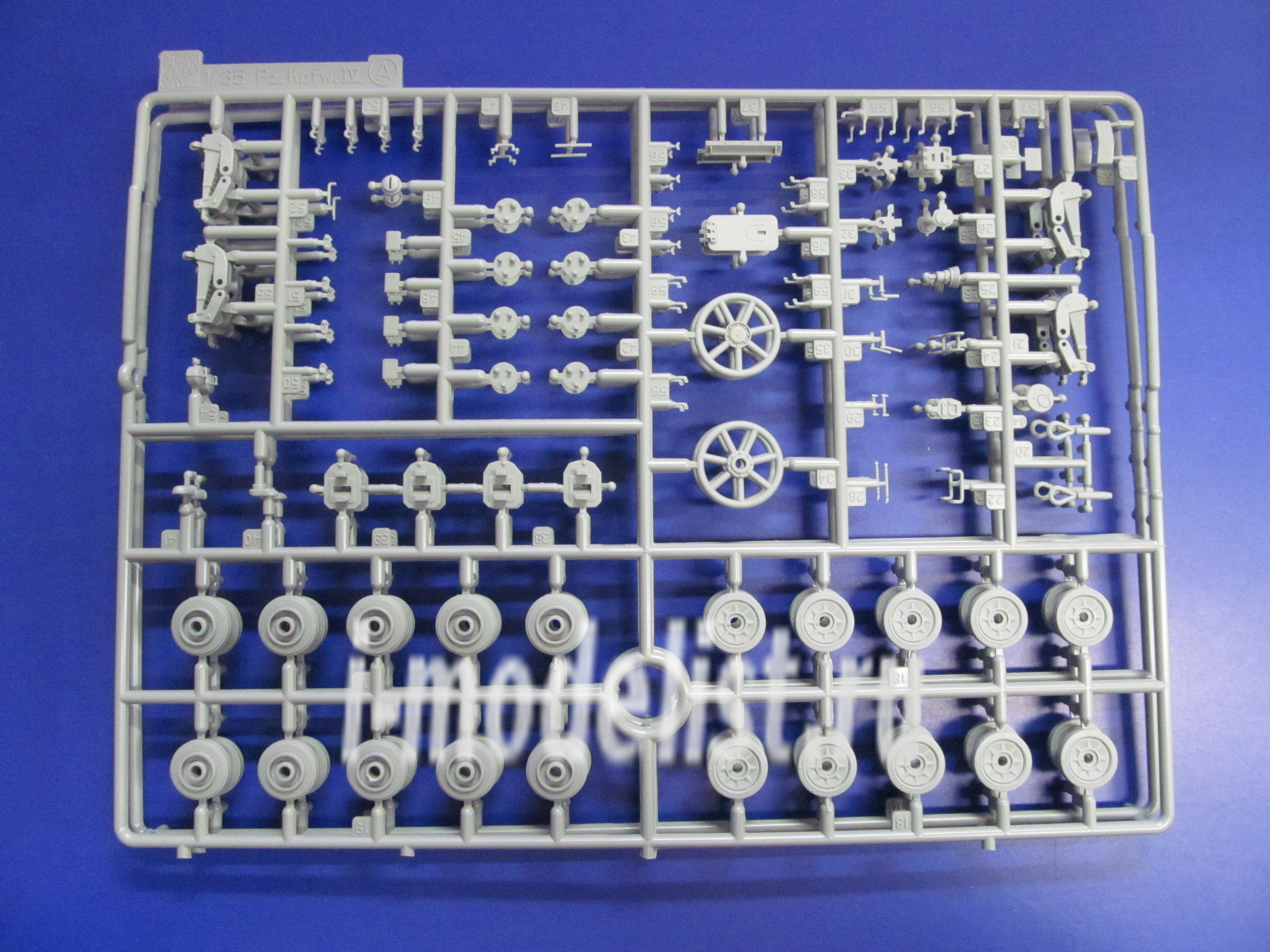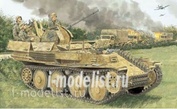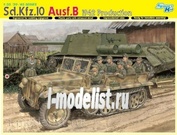Additional Information
the self-propelled Gun was developed on the basis of the T-IV tank in 1942. The t-III tank assemblies are widely used in the construction. For the self-propelled installation of the tank chassis, the combat compartment is located behind, in the center of the hull – the power plant, in the front - the drive wheels, the transmission and the control Department. Combat compartment – open top armored cabin, which is mounted on the machine 88 - mm semi-automatic anti-tank gun 71 caliber. The gun fired at a rate of up to ten rounds per minute.
high-explosive shells weighing 9.14 kg (with a range of 15.3 thousand meters), armor-piercing tracers, sub-calibre and cumulative shells could be used For firing. Armor-piercing and tracer projectile from a distance of 1000 meters at an angle of 30 degrees to the normal is able to penetrate 165-mm armor, and the sub-caliber armor thickness of 193 millimeters. In this regard, the setting "Nashorn" was very dangerous to all tanks of the enemy in case of fighting at large distances. While in melee-propelled lost benefits — the effect of under-booking. Serial production of self-propelled installation "Nashorn" began in February 1943 and continued until the end of the war. About 500 self-propelled guns were produced. These self-propelled guns were part of the heavy fighter-antitank units.
Caution! Glue and paints are not included.
The configuration and appearance of the model are subject to change without notice.
Additionally, we recommend also purchasing
Related Products






























